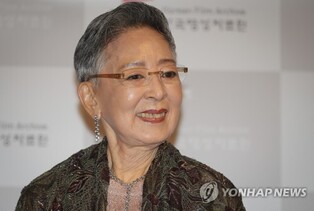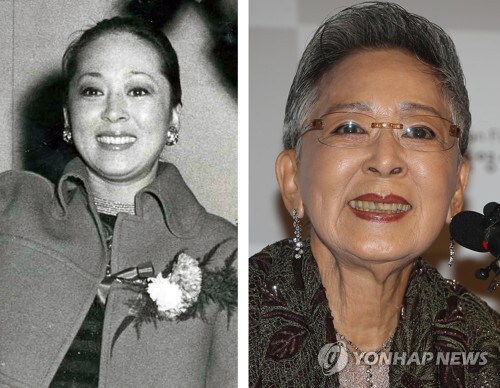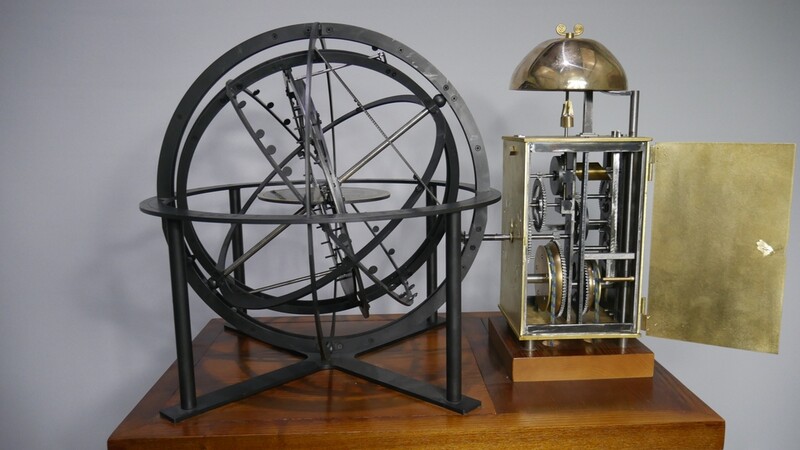 |
▲This photo, provided by the National Science Museum, shows the restored Armillary clock by Hond Dae-yong. (PHOTO NOT FOR SALE) (Yonhap)
|
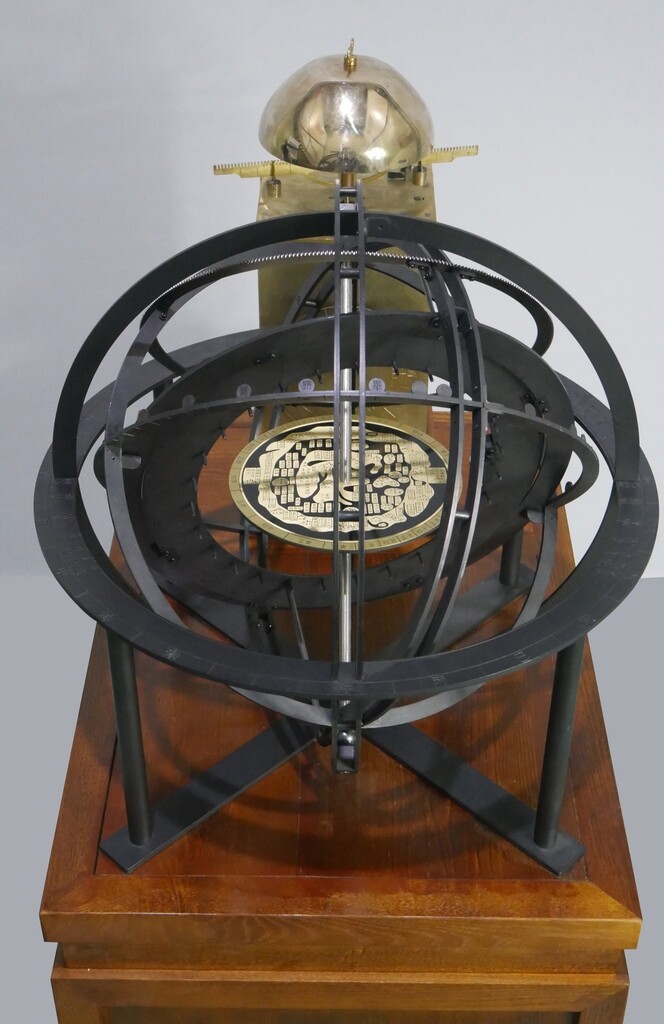 |
▲This photo, provided by the National Science Museum, shows the restored Armillary clock by Hond Dae-yong. (PHOTO NOT FOR SALE) (Yonhap)
|
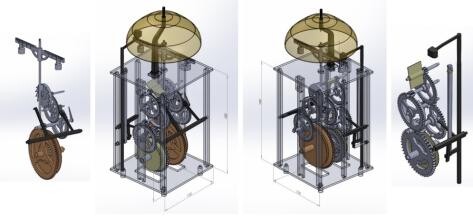 |
| ▲This photo, provided by the National Science Museum, shows the structure model of the bell in restored Armillary Clock by Hong Dae-yong. (PHOTO NOT FOR SALE) (Yonhap) |
SEOUL, December 28 (Yonhap) -- The Armillary Clock made by Hong Dae-yong a representative practical scientist of the Joseon Dynasty was restored after 260 years in real life.
National Science Museum under the Ministry of Science and ICT announced on Wednesday that they have successfully restored the Armillary Clock, which is an astronomical clock of the late Joseon Dynasty which was only heard as a document.
Armillary Clock is a mechanical astronomical clock invented in 1762 by astronomer Hong Dae-yong and scientist Na Gyeong-jeok in the Honam region in the late Joseon Dynasty, and detailed records are recorded under the name of Tongcheonui in Hong Dae-yong's journals.
Armillary Clock refers to an astronomical clock that connects mechanical devices that move using water force (passing type) or weight force (pulling type) to a Celestial Globe, an astronomical observation instrument, to tell the season and time.
It is a traditional Astronomical Clock of Joseon which Jang Yeong-sil invented the "Heumgyeonggak Ong-nu" in 1438, followed by Song Yi-young's Armillary Clock in 1669 and Hong Dae-yong's.
The National Science Museum explained that Hong Dae-yong's Armillary Clock means an astronomical clock jointly developed by real scholars, centering on a local government office called Naju-mok, Jeolla-do.
The restored Armillary Clock works in a method of connecting a bell operated by the power of the pendulum to the Celestial Globe, which informs the date and time through the operation of the celestial body.
The Celestial Globe shows the season, the time of the day and the lunar date.
Hong Dae-yong's Armillary Clock is evaluated that it took the mechanical mechanism to the next level while inheriting Song Yi-young's Armillary clock.
Dr. Yoon Yong-hyun (Director of Korea Science and Technology History at the National Science Museum) revived Hong Dae-yong and Na Kyung-jeok's Armillary clocks in the modern era through a two-year study on the development of mechanical clock devices in the late Joseon Dynasty
The work was done in joined forces with Dr. Yoon, who once restored Jang Young-sil's "Heumgyeonggak Ong-nu," Dr. Kim Sang-hyuk and Dr. Min Byung-hee of the Korea Astronomical Research Institute, and director of the "Cultural Heritage Research Institute Road" in the ancient literature field.
The National Science Museum explained that it has restored the record of the Honcheon clock while maintaining the original form through analysis of relics such as existing mechanical clocks and restoration model experiments.
Since the document alone is limited in estimating the entire original form, the researchers analyzed the power generation characteristics common to the alarm bells at the Museums in Korea University and Seoul National University and designed the restoration model based on the relics of The Korean Christian Museum at Soongsil University
Lee Seok-rae, head of the National Science Museum, said, "It is an achievement that can contribute to the expansion of Hallyu through overseas exhibitions along with other scientific and cultural assets during the Joseon Dynasty," adding, "Starting next spring, visitors will be able to experience the method of the way the clock is working and also display the restored Armillary Clock at the science sector."
(This article is translated from Korean to English by Dowon Kim.)
(END)
(C) Yonhap News Agency. All Rights Reserved









